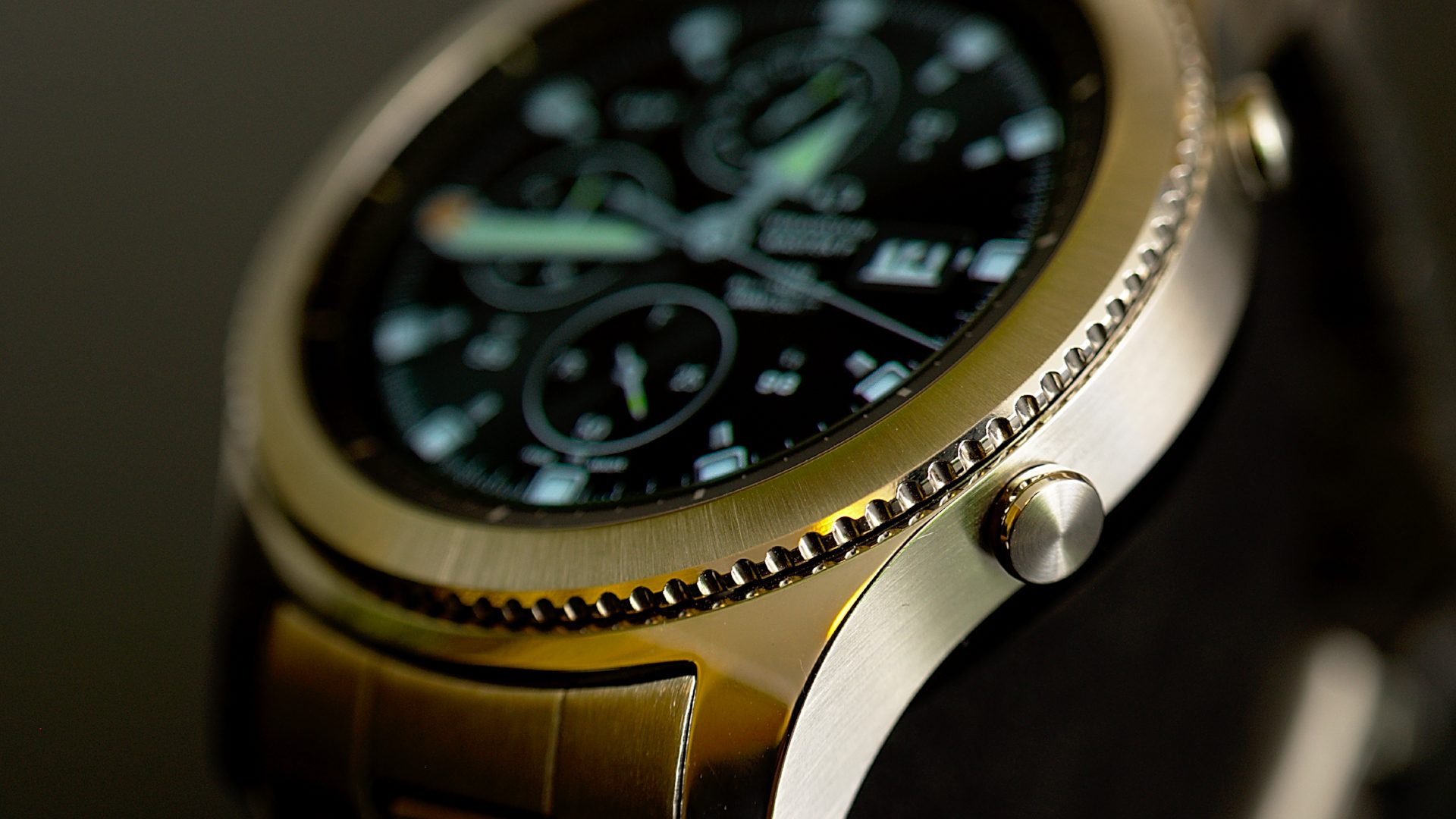Every industry has its own challenges when it comes to translations, and there are arguments for each one having its own quirks and requirements. However, I believe that for luxury translations, there really is a je ne sais quoi that sets them apart from others.
At a very basic level, all translations require a set of words to be rendered from one language into another. So why are luxury translations in a category of their own?
I’ve worked at STAR for nearly seven years at the time of writing this post, and I like to think that I’ve learnt a few things along the way. One of the lessons that will stay with me forever is that luxury brands are demanding. For buyers of luxury translations, it’s the smallest details that make a big difference.
These buyers understand that sales of luxury goods are built on brand image and prestige; perceptions that have been cultivated over many years. Luxury translations must slot seamlessly into the existing brand image.
Exacting standards
It is no secret that luxury brands have high standards. In a way, these high standards are part of the reason why they have become a luxury brand in the first instance. Luxury translations are one area where these high standards become apparent.
Terminology requirements are exacting. Not just as concerns the specifications of the pieces they sell, but also as concerns the language used to describe such pieces generally. Some of our luxury translation customers have lists of banned adjectives that do not convey the correct nuance and must be replaced with an approved synonym.
Our customers provide us with terminology lists, brand guidelines, tone of voice documents, style guides so that they can be sure that the luxury translations we provide are a perfect fit for their desired brand image. Translated documents are reviewed and amended by multiple stakeholders in complex review procedures so that the brand voice can be guarded closely.
In the luxury industry, the creation of many items involves artisanal processes that require intense attention to detail. The luxury translations that describe these processes must be judged against the same high standard of attention to detail in order to maintain the brand prestige.
Luxury goods are inherently international
According to one definition, luxury goods can be identified by their price point, which places their products among the most expensive items in their category. It is therefore not surprising that luxury goods require a global brand presence so that they can access the world’s richest and increase their potential customer base.
The largest market for luxury goods is Europe, followed by the Americas and Asia. Although English is likely to be spoken as a second language in those areas, it is an accepted statistic that buyers are more likely to buy a product in their native language. In the case of luxury goods, the psychology of the purchase itself means that luxury translations are practically a requirement.
The importance of brand perception
I would argue that for luxury translations, brand perception is so important that an error within product documentation is more damaging to the brand than a similar mistake in other industries.
Luxury goods are at the pinnacle of their respective areas – only flawless diamonds will do; only the finest materials; only the best ingredients. No mistakes will be tolerated – in the products themselves and in the luxury translations that accompany them.
More than just a translation
When it comes to luxury translations, we are actually talking about more than just translation. Only a process of transcreation will do; using the initial text as inspiration when recreating the intention behind the text, rather than simply rendering the words into another language.
There are stylistic considerations to consider too. Should the translator “borrow” words and terminology from the original language to inject hints of the original language into their luxury translations? Does haute couture sound more impressive than “high fashion”? Should these be explained, or does that detract from the message of the text?
Innovation adds complexity
Part of the appeal of luxury items is that they offer something that no one else can offer. Perhaps a technological innovation; perhaps simply a unique artistic style. For this reason, luxury translations are not straightforward.
There is no available reference material to help with your luxury translations, because it is often an entirely new product using new techniques. In many cases, these new techniques are at the forefront of technological developments – pushing the boundaries of what has been achieved previously.
In addition to technological developments, some products require luxury translations that describe artisanal processes requiring years of expertise to master. These are often specific to a geographical area and therefore a language. Yet more intensive research required for a translator of luxury texts!
Think long term
Another difference that I’ve noticed when it comes to luxury translations is that the buying team often want to commit to a long-term collaboration.
Of course, there are test projects and initial discussions before this can happen, but rather than start working with a supplier and see if it works out, a buyer of luxury translations wants to be sure that they have the correct team in place.
There is generally so much information to share before translation can begin that it makes sense to be sure of your team before you start working.
What about the Why?
I’ve looked at how luxury translations differ from translations for other industries, what about the reasons behind this?
The psychology of a luxury purchase
For me, the reasons for the differences all stem back to one consideration. The psychology of a luxury purchase.
For any purchase, there is an emotional factor, but for luxury purchases there are additional levels at play.
Luxury purchases give the buyer a sense of achievement. They are often a much-considered, much-wanted item and represent a considerable investment for the buyer. The luxury translations that go with the item must match the buyer’s expectation of the brand.
Brand loyalty can overcome many disadvantages
Luxury translations must maintain brand prestige. Sales are intrinsically linked to the brand image, they are not just about the item itself. They harness intangible assets like desire, aspiration, ambition and satisfaction.
These assets are linked in no small part to the quality of the product documentation and marketing; in short the luxury translations that accompany the item.
Luxury translations need to sound nice, a statement that almost goes without saying. However, more than for any other industry, the writer/translator needs to understand the buyer’s psychology and motivation so that they can adapt their language accordingly.
Luxury goods are about more than just the item, they are about how that item makes you feel. For this point, the marketing and brand identity are arguably MORE important than the item itself. The item must just meet expectations of quality, the marketing must convey desirable traits and exceed what the buyer desires.
Author: Bethanie Melly, Senior Project Manager






